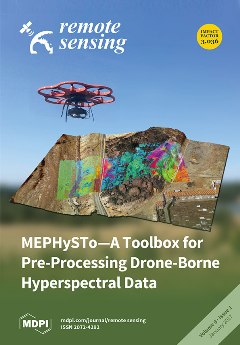1
Winrock International, Vietnam Forests and Deltas program, 98 To Ngoc Van, Tay Ho, Hanoi 100803, Vietnam
2
Spatial Informatics Group, 2529 Yolanda Ct., Pleasanton, CA 94566, USA
3
SERVIR-Mekong, SM Tower, 24th Floor, 979/69 Paholyothin Road, Samsen Nai Phayathai, Bangkok 10400, Thailand
4
Faculty of Civil Engineering and Geosciences, Department of Water Management, Delft University of Technology, Stevinweg 1, Delft 2628 CN, The Netherlands
5
UNESCO-IHE, Westvest 7, Delft 2611 AX, The Netherlands
6
FutureWater, Costerweg 1V, Wageningen 6702 AA, The Netherlands
7
Geospatial Analysis Lab, University of San Francisco, 2130 Fulton St., San Francisco, CA 94117, USA
8
USGS EROS Center, North Central Climate Science Center, Colorado State University, Fort Collins, CO 80523, USA
9
Winrock International, 2121 Crystal Drive, Suite 500, Arlington, VA 22202, USA
Abstract
Due to increasing pressures on water resources, there is a need to monitor regional water resource availability in a spatially and temporally explicit manner. However, for many parts of the world, there is insufficient data to quantify stream flow or ground water infiltration
[...] Read more.
Due to increasing pressures on water resources, there is a need to monitor regional water resource availability in a spatially and temporally explicit manner. However, for many parts of the world, there is insufficient data to quantify stream flow or ground water infiltration rates. We present the results of a pixel-based water balance formulation to partition rainfall into evapotranspiration, surface water runoff and potential ground water infiltration. The method leverages remote sensing derived estimates of precipitation, evapotranspiration, soil moisture, Leaf Area Index, and a single F coefficient to distinguish between runoff and storage changes. The study produced significant correlations between the remote sensing method and field based measurements of river flow in two Vietnamese river basins. For the Ca basin, we found R
2 values ranging from 0.88–0.97 and Nash–Sutcliffe efficiency (NSE) values varying between 0.44–0.88. The R
2 for the Red River varied between 0.87–0.93 and NSE values between 0.61 and 0.79. Based on these findings, we conclude that the method allows for a fast and cost-effective way to map water resource availability in basins with no gauges or monitoring infrastructure, without the need for application of sophisticated hydrological models or resource-intensive data.
Full article





